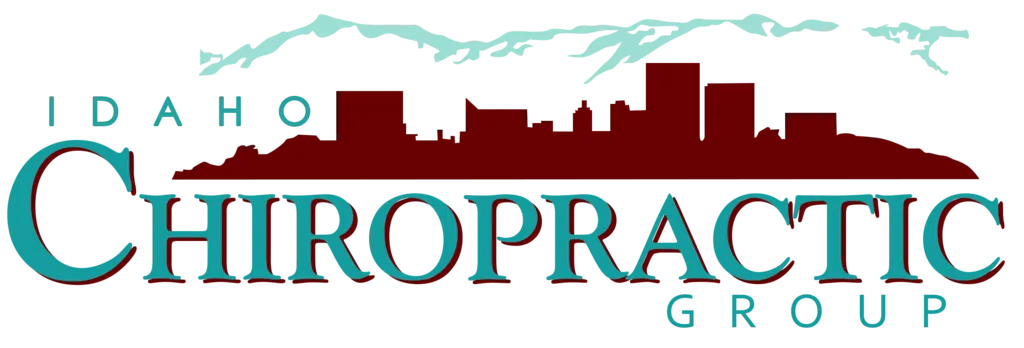- posted: Jun. 11, 2018
Articleof The Month: Running With Pain - Those Nagging Shin Splints!
It's that time of year when Spring is upon us, and the days arewarmer. For those who running enthusiasts, they start to get excited and decideto trade in their winter treadmill in favor of running the original Greekmarathonor at least a jog outside! Some, who have not run all winter, decidethey are going to participate in one of our cities many organized runs, such asthe Sun Run and start their running training with the event only a few weeksaway. Remembering where we were in the fall with our running stamina, distanceor timing, we lace up our sneakers, and head out for our first outdoor run ofthe season.
A few runs later, a sharp pain starts to become noticeable inour lower legs during the run. A few days later, we wake up in the morning, getout of bed and notice the pain has become even worse, just with regularwalking. Ouch! You've got Shin Splints!
What Are Shin Splints?
Shin splints are injuries to the lower leg. Shin splints are amember of a group of injuries called "overuse injuries" and occur mostcommonly in runners or aggressive walkers. Shin Splints occur when the muscleswhich attach to the connective tissue covering (periosteum) of shin bone(tibia), start to pull away from the bone. This creates areas of micro tearingand damaged tissue, which becomes inflamed and painful.
Shin Splints can be located on the inside of the lower leg,behind the tibia which we refer to as MedialShin Splints. The muscle usually involved in this condition iscalled the Tibialis Posterior muscle. It can also be located in the frontof the tibia, which we refer to as AnteriorShin Splints. The muscle usually involved in this area iscalled the Tibialis Anterior muscle.
What Are the Symptoms of Shin Splints?
The pain of shin splints is characteristically located on theinside edge (Medial Shin Splints) or front (Anterior Shin Splints) of the midregion of the leg next to the shinbone (tibia). An area of discomfort measuring4-6 inches (10-15 cm) in length is frequently present. There often are no visiblesigns of swelling. Pain is often noted at the early portion of the workout, andthen lessens, only to reappear near the end of the training session. Shinsplint discomfort is often described as dull at first. However, with continuingtrauma, the pain can become so extreme as to cause the athlete to stop workoutsaltogether.
Anterior Shin Splints can also be caused by a lack of bloodsupply to the muscle and structures of this area. This can be considered amedical emergency and should be evaluated by a physician.
How are Shin Splints Caused?
The tibialis posterior muscle plantarflexes and everts the foot.During over-pronation, the tendon of this muscle is stretched and pulled uponexcessively, thereby attacking the weakest area, namely its origin on theperiosteum of the tibia. The small pain fibers of the periosteum are torn awayfrom the bone causing pain and chronic inflammation.
The tibialis anterior muscle dorsiflexes and inverts the footand acts as an ("anti-pronator"). During over-pronation this muscle must fireconstantly to oppose (or re-supinate) the over-pronation, thus causinghypertrophy (swelling) of this area.
Common causes which stress the above muscles include:
l Over-pronation or improper foot biomechanics
l A sudden increase in activity, usually involving running, fastwalking or jogging. This can include starting your running program to fast ortoo far in the beginning.
l A change in foot wear that is not appropriate for your feet.Running and walking shoes can vary greatly. Also, switching to high heels, ifyou normally do not wear them, can initiate shin splints.
l A change in running surface, usually with less shock absorption.For instance, changing from running on a treadmill to a hard surface such asconcrete or asphalt.
l A sudden change in gradient, such as trails, up or down hillsthat is a departure from your normal routine.
Ifyou believe that you, or someone you know, could be suffering fromthe pain or inflammation from Shin Splints, call the office today to schedulean appointment to see what treatment options are available to you
Idaho Chiropractic Group: Dr. Corey Matthews and Dr. Timothy Klena
403 S. 11th Boise, Idaho 83702 208-343-6900
Office Hours
9:00 am - 5:30 pm
7:00 am - 1:00 pm
8:00 am - 2:00 pm
9:00 am - 5:30 pm
7:00 am - 1:00 pm
9:00 am - 11:00 am
Closed



